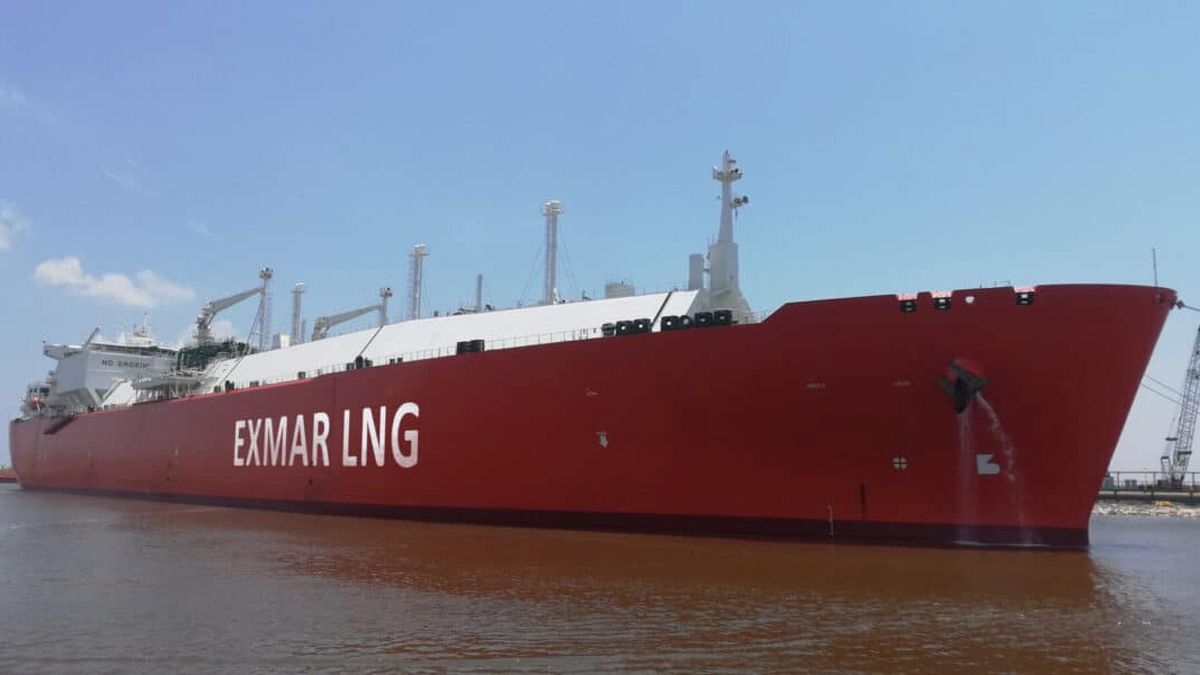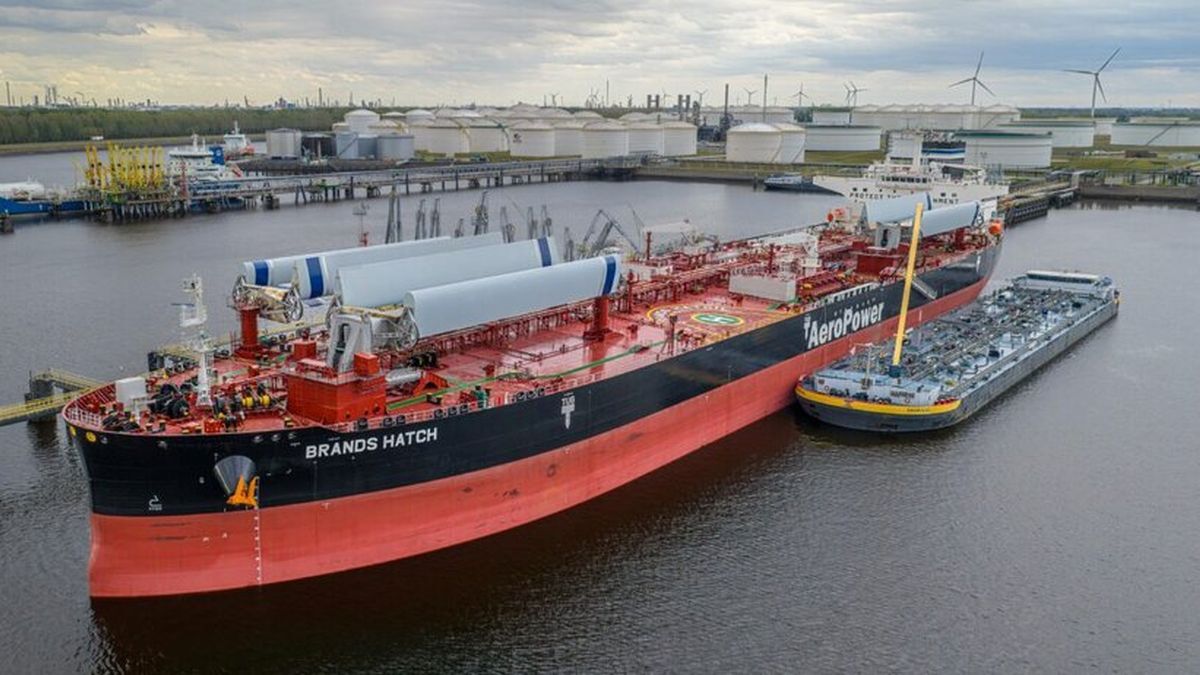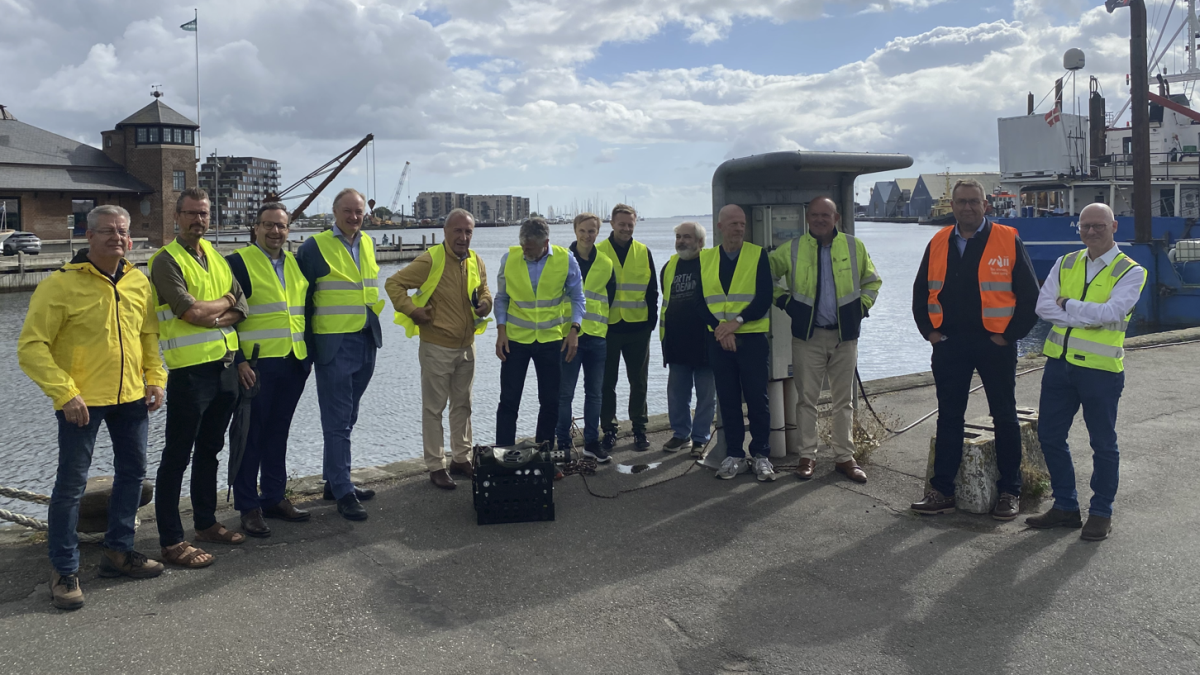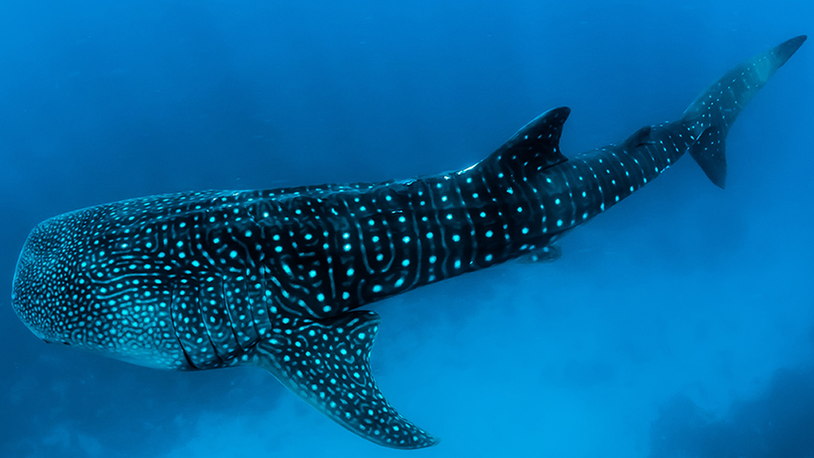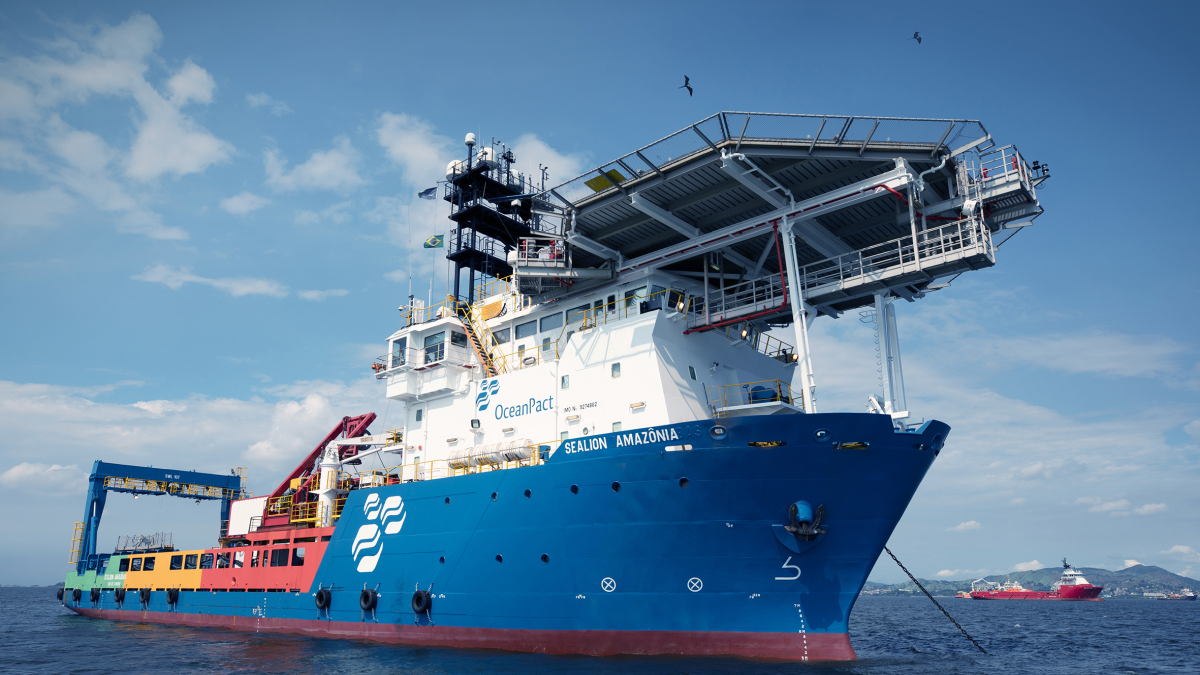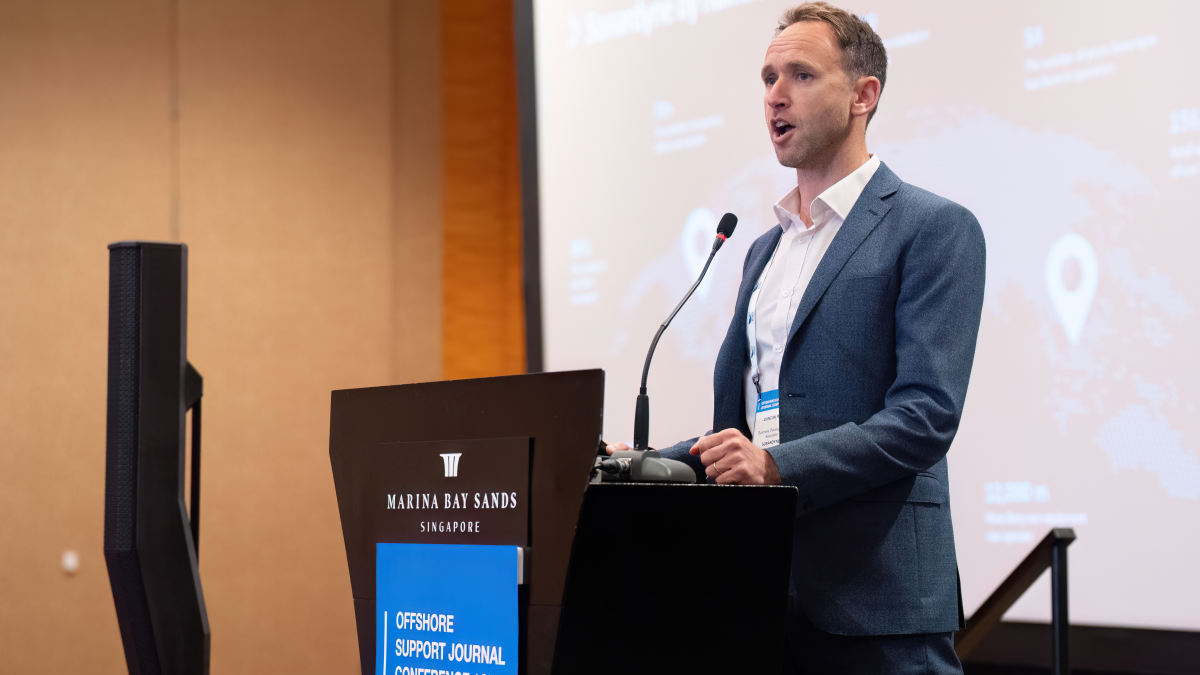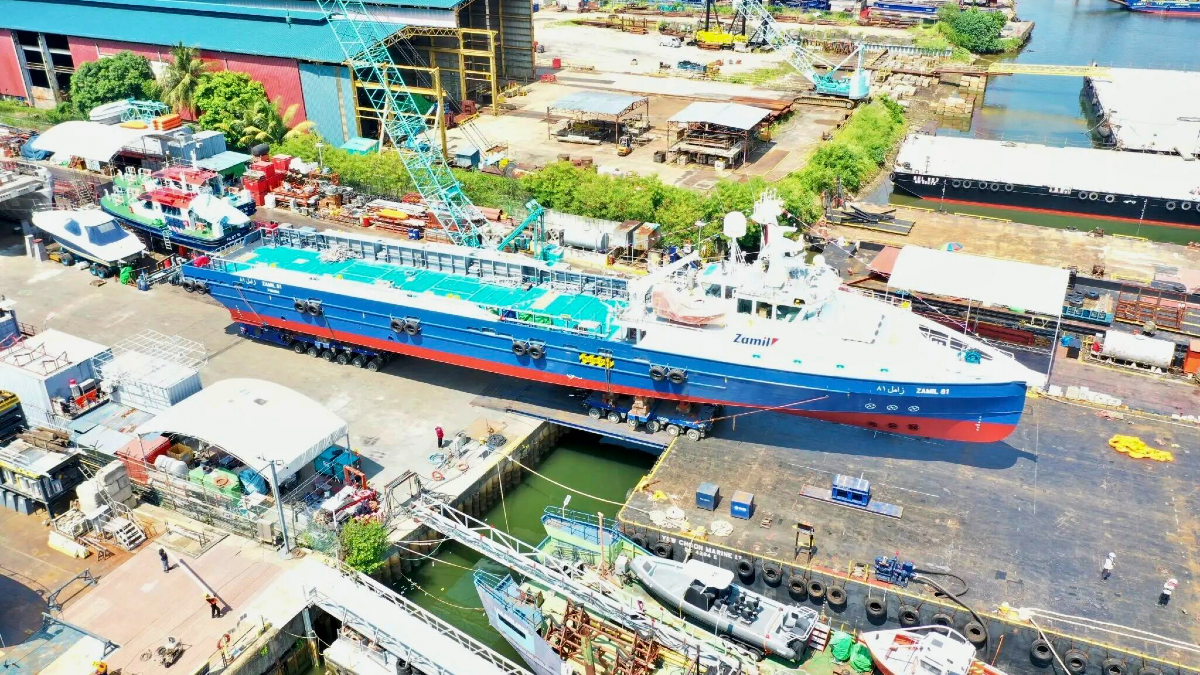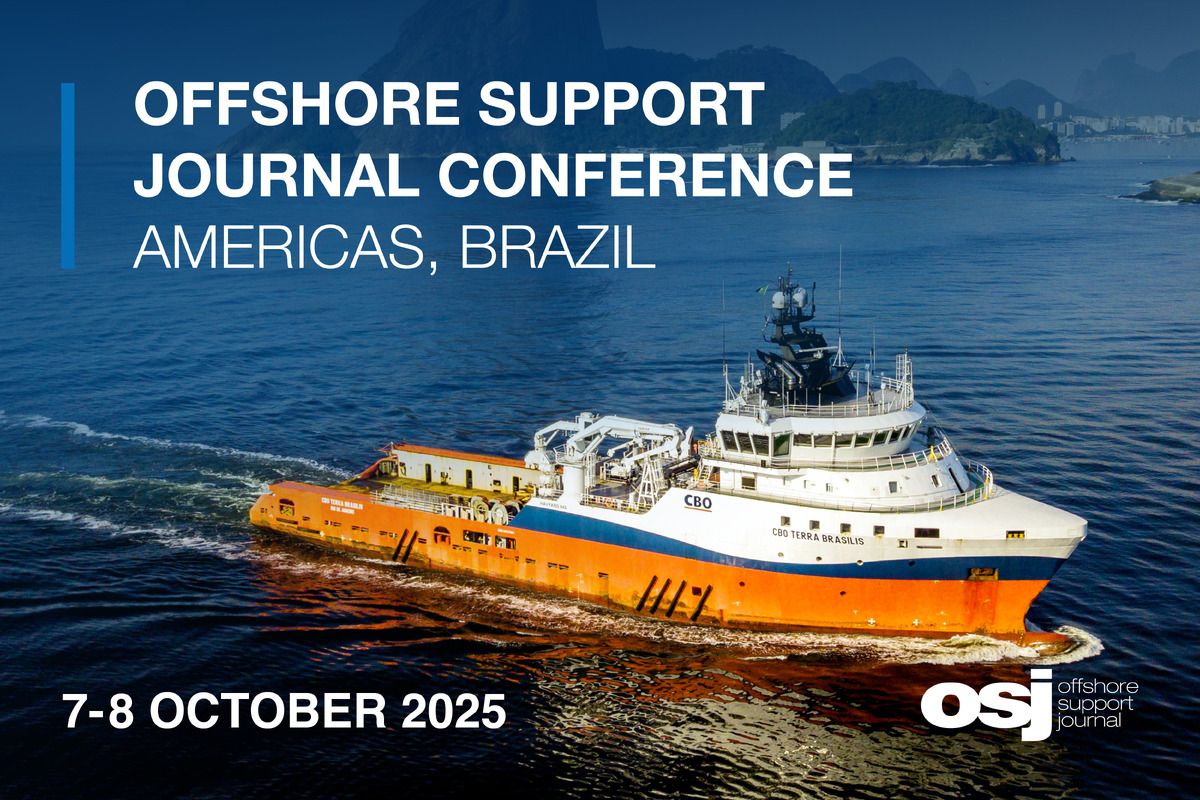Business Sectors
Events
Offshore Wind Webinar Week
Contents
UN adopts 'High-Seas Treaty' to protect marine biodiversity
The framework will create a new body to establish marine protected areas and rules to regulate the environmental impact of activities in the high seas
United Nations (UN) member countries have adopted a new treaty that, when enacted, will protect marine biodiversity in oceanic regions that fall outside of national jurisdictions.
In total, the treaty takes in roughly 60% of the world’s oceans and aims to set aside 30% of the planet’s waters as marine protected areas.
The treaty still needs to be ratified by at least 60 UN member states before it can come into effect as a binding global regulation.
Adopted by the Intergovernmental Conference on Marine Biodiversity of Areas Beyond National Jurisdiction, the High Seas Treaty aims at "taking stewardship of the ocean on behalf of present and future generations, in line with the Convention on the Law of the Sea," according to the UN.
The new agreement contains 75 articles that aim to regulate responsible use of the marine environment, maintain the integrity of ocean ecosystems, and conserve the inherent value of marine biological diversity.
"The ocean is the lifeblood of our planet, and today, you have pumped new life and hope to give the ocean a fighting chance,” UN Secretary-General António Guterres told delegates on Monday.
International Chamber of Shipping (ICS), which has been involved in the treaty’s negotiations process since 2016, was on site at UN headquarters in New York to welcome the adoption of the High Seas Treaty.
ICS policy manager (legal) Emily Rowley highlighted the role of the UN’s shipping industry regulatory body, the International Maritime Organization (IMO), in defining the detail of the treaty.
“From the shipping industry’s perspective, the High Seas Treaty agreement takes into account IMO’s role and is intended to cover gaps in ocean governance. It will help ensure emerging high seas industries will be as well-regulated as shipping is by IMO, with the detail of any measures that may be needed for ships to be discussed and agreed at IMO,” she said.
“Fundamentally, the agreement should enhance co-operation and co-ordination between UN agencies and other global and regional regulators of activities on the high seas. This will foster a holistic approach to the protection of marine biodiversity and ecosystems in areas where no one state is responsible for preserving them.”
In March 2023, consensus was reached on the text of the new High Seas Treaty during a fifth round of formal discussions that saw two weeks of talks in New York and an intensive 48-hour negotiation session to finalise some of the treaty’s more contested elements.
When the agreement on the treaty’s text was announced, IMO secretary general Kitack Lim welcomed the new legally binding international instrument on the conservation and sustainable use of marine biological diversity in areas beyond national jurisdiction (BBNJ), or High Seas Treaty.
In a statement that pointed to IMO’s experience in building global regulations for the maritime industry along with development of more than 50 international treaties, secretary general Lim said, "This landmark achievement will no doubt reinforce efforts to protect biodiversity in line with the aims of the 2030 Agenda for Sustainable Development and the Kunming-Montreal Global Framework for Biodiversity. IMO has participated throughout the negotiations given the organisation’s mandate and expertise and will continue to participate in the implementation of the new instrument."
Agreed at the UN’s convention on biological diversity at the end of 2022, among the Kunming-Montreal Global Biodiversity Framework’s 23 targets – a framework of steps to help achieve the UN’s sustainable development goals – is a pledge by signatory countries to create protected areas for 30% of terrestrial areas, inland waterways, coastal and marine areas by 2030, with a particular focus on areas of major importance for biodiversity and ecosystem functions and services.
Work on the BBNJ agreement originated in the UN in 2004, and has covered nearly 20 years. The treaty is linked to the United Nations Convention on the Law of the Sea (UNCLOS), which was was adopted in 1982 and entered into force in 1994, establishing rules governing the use of the oceans and their resources. The treaty established the geographical region known as the high seas, which is a global commons, usable by all countries for fishing, shipping and research. To date, only 1.2% of this enormous area has had any form of environmental protection.
When the UN General Assembly began work in earnest to develop on the BBNJ proposal, it fell under UNCLOS and covered five topics. These topics include: conservation and sustainable use of BBNJ, marine genetic resources, marine protected areas and management, environmental impact assessments and capacity-building and transfer of marine technology from most- to least-developed countries.
A statement from UN secretary general Antonio Guterres in March 2023 said the High Seas Treaty is crucial for addressing the triple planetary crisis of climate change, biodiversity loss and pollution.
“This action is a victory for multilateralism and for global efforts to counter the destructive trends facing ocean health, now and for generations to come,” the UN secretary general’s statement said.
Noting that the BBNJ decision builds on the legacy of UNCLOS, the secretary-general "commended all parties for their ambition, flexibility and perseverance, and saluted Ambassador Rena Lee of Singapore [who chaired the intergovernmental committee meeting] for her leadership and dedication," the statement said.
The International Seabed Authority (ISA) that oversees licensing for activities such as deepsea mining told the BBC that "any future activity in the deep seabed will be subject to strict environmental regulations and oversight to ensure they are carried out sustainably and responsibly".
ISA is the international organisation mandated by UNCLOS to organise and control activities in the international seabed area. “This includes adopting the necessary measures to ensure the effective protection of the marine environment and conservation of marine biodiversity, including the natural resources of the area to which the BBNJ Agreement will apply,” the ISA posted on its website.
“Pursuant to Part XI of UNCLOS and the 1994 Agreement, ISA has also developed a comprehensive regime for environmental impact assessments for activities in the area. In the exploration phase, there are substantive regulations and recommendations in place related to the assessment of possible environmental impacts.
ISA is also in the process of developing procedures and standards for environmental impact assessments as part of the draft regulations to govern the exploitation of mineral resources in the area,” the ISA said.
Representatives of conservation bodies have said the deal leaves room for improvement, citing an agreement that UN bodies regulating maritime activities including fisheries, shipping and deepsea mining would continue to oversee regulations in their respective spheres, potentially watering down the environmental impact assessments portion of the treaty.
Observing the final set of talks that led to the treaty’s agreement, the International Union for Conservation of Nature (IUCN) said, "Although more ambitious measures will be needed, this legally binding agreement marks an important step towards protecting the two-thirds of the ocean that lies beyond national jurisdiction. IUCN particularly applauds the alignment of the treaty with other international commitments including the Kunming-Montreal Global Biodiversity Framework, and the creation of a special fund to finance the rehabilitation and ecological restoration of marine biodiversity."
On Twitter, Greenpeace International called the High Seas Treaty "the biggest conservation victory ever".
Sign up for Riviera’s series of technical and operational webinars and conferences in 2023:
- Register to attend by visiting our events page.
- Watch recordings from all of our webinars in the webinar library.
Related to this Story
Events
Offshore Wind Webinar Week
Maritime Decarbonisation, Europe: Conference, Awards & Exhibition 2025
Offshore Support Journal Conference, Americas 2025
© 2024 Riviera Maritime Media Ltd.




